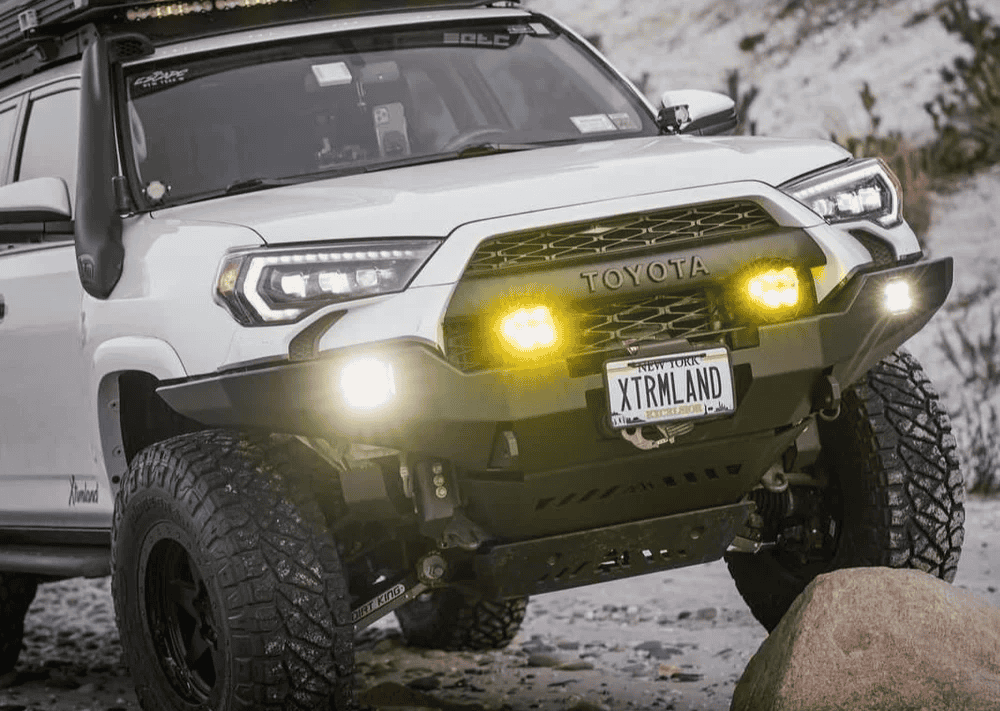Overland Vehicles

Before you compare overland build options, define how and where you travel. Weekend trail loops, long desert crossings, and alpine fire roads each demand different ranges of capability and comfort. Consider group size, pets, bikes, and seasonal weather, then list the real miles you plan to cover. Map routes on a calendar to estimate frequency, distance between fuel stops, and average speed. This context turns vague wish lists into measurable requirements.
Short trips can tolerate simpler camp setups and portable power. Multi week itineraries amplify tiny inconveniences, so permanent storage, water management, and climate control become critical. Long highway transfers reward quiet cabins and gearing that eases engine load.
Forest tracks prioritize ground clearance, skid protection, and tight turning. Sand needs flotation from wider tires and careful weight distribution. Rock demands controlled suspension travel and high clearance bumpers. No matter the surface, recovery points, a jack solution, and a plan for self extraction are non negotiable.
Count bodies, dogs, and gear, then translate that to payload. Payload includes passengers, fuel, water, food, tools, and accessories. Staying under the stated rating preserves handling, braking, and reliability.
Platform choice sets the ceiling for what is possible. Mid size trucks offer nimble dimensions and reasonable payload. Full size trucks increase payload and cooling capacity but add width and weight. Body on frame SUVs bring enclosed space and decent towing, while vans maximize interior volume at the expense of departure angle.
Shorter wheelbases crest obstacles more easily and pivot on tight switchbacks. Longer wheelbases track well on highway and hold more gear but can drag the belly. Compare approach, breakover, and departure numbers to your intended trails rather than chasing spec sheet extremes.
Gasoline engines start quickly in cold weather and have broad parts availability. Diesel engines deliver torque and range but add complexity. Consider where you will service the vehicle and the availability of qualified shops along your route.
Stay within gross weight and axle ratings, keep lights properly aimed, and ensure mirrors and cameras remain functional. Seatbelt count dictates safe passenger capacity. Secure every heavy item so it cannot become a projectile during sudden stops.
Once the platform fits your scenario, compare overland build options at the system level. Rank each system by importance to your trips, then budget accordingly.
Suspension should match weight, not just lift height. Quality dampers improve control and comfort over washboards and ruts. Tires are your only contact patch with the ground, so choose size and tread for your terrain and load. Airing down, paired with a reliable compressor, often outperforms brute power.
Skid plates protect the expensive bits. Bumpers can add recovery points and winch mounting but also add weight forward of the axle. Recovery gear should include a rated strap, soft shackles, and boards. Lighting should prioritize usable beam patterns with proper switching to avoid glare and battery drain.
A clear energy budget prevents dead batteries. List fridge draw, fans, lights, and charging, then size your battery and solar accordingly. Water storage and filtration should reflect your daily consumption and resupply intervals. Cooking solutions range from simple stoves to integrated galleys; pick what you will actually use after a long day on the trail.
Heavy items ride low and centered. Drawer systems add organization but consume payload. Roof loads raise the center of gravity and should be kept minimal. An accurate scale session before and after a build helps you monitor weight creep.
Ground tents pack light. Rooftop tents speed setup but add height and wind resistance. Canopy campers and campers with hard shells create weatherproof space and reliable sleep but require careful payload planning. Test the setup process at home to be sure it fits your rhythm.
When you are ready to turn this framework into a real plan, expert guidance can save time and costly rework. If you want a consultative partner for a full build or a staged path, explore Overland rigs to see how a professional shop maps requirements to hardware. For tailored packages and clean integrations, review Custom overland upfit and compare options that align with your terrain and payload goals.
A proven process matters as much as parts. Discovery sessions that document your routes, group size, and climate help prioritize systems with the most impact. Transparent timelines, quality components, and clean wiring create reliability that shows up when the weather turns and the miles stack up. To understand how a team works, see Why choose OZK Customs for an overview of approach, craftsmanship, and client experience that supports the long haul.
Ready to translate your notes into a capable rig that feels dialed from mile one? Share your wish list, budget, and timeline, and we will turn this comparison into a clear scope with pricing and phases that make sense.
Your build should fit your miles, not the other way around. Tell us how you travel and we will blueprint a rig that balances capability, comfort, and safety. Share a few details and our team will propose a complete or phased plan that meets your budget and timeline.
ADDRESS:
6159 E Huntsville Rd, Fayetteville, AR 72701
PHONE:
(479) 326-9200
EMAIL:
info@ozkvans.com